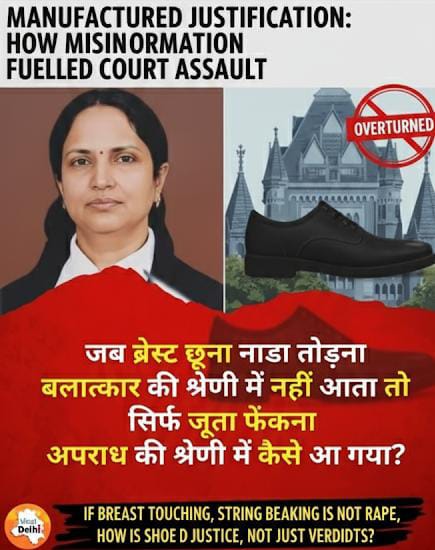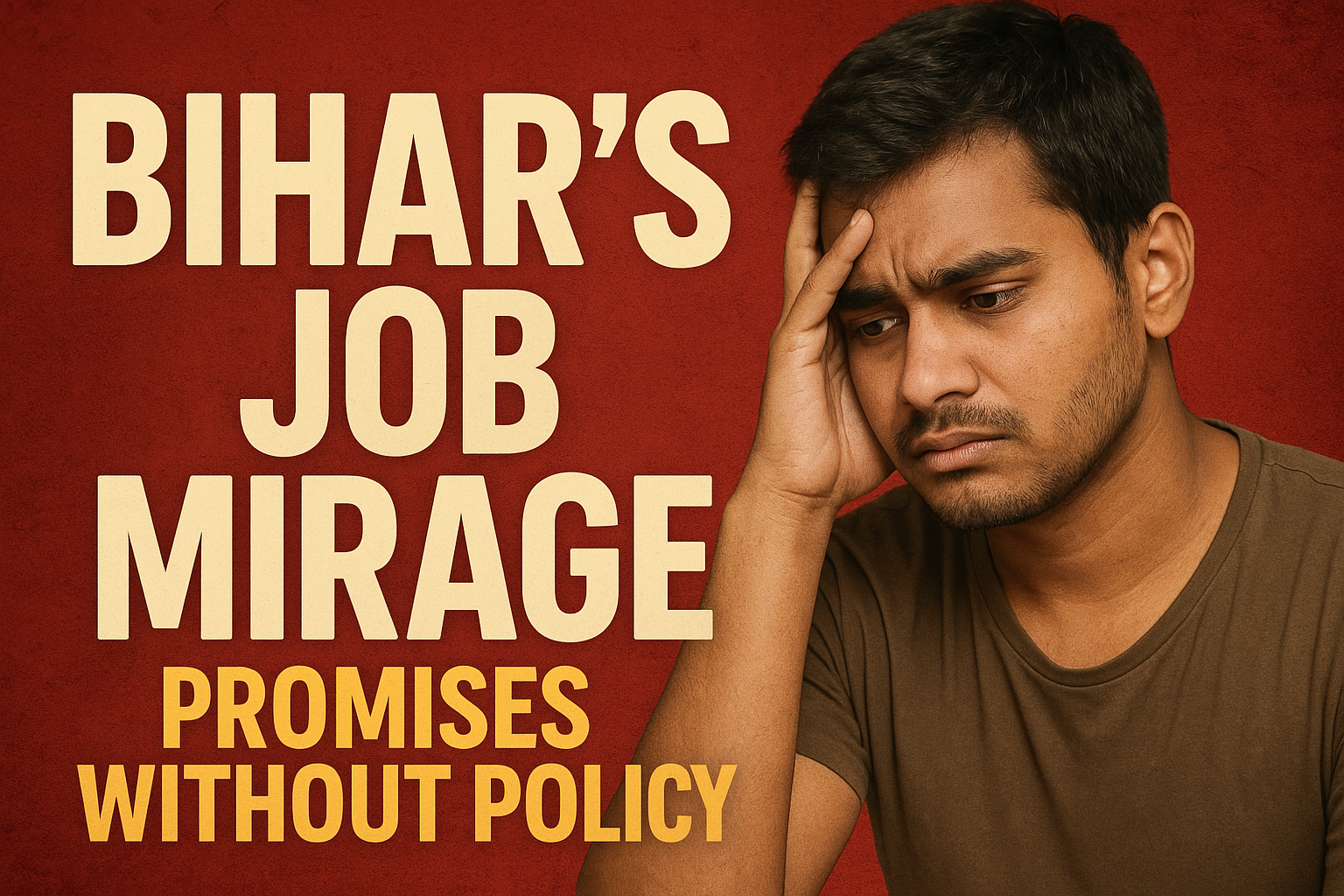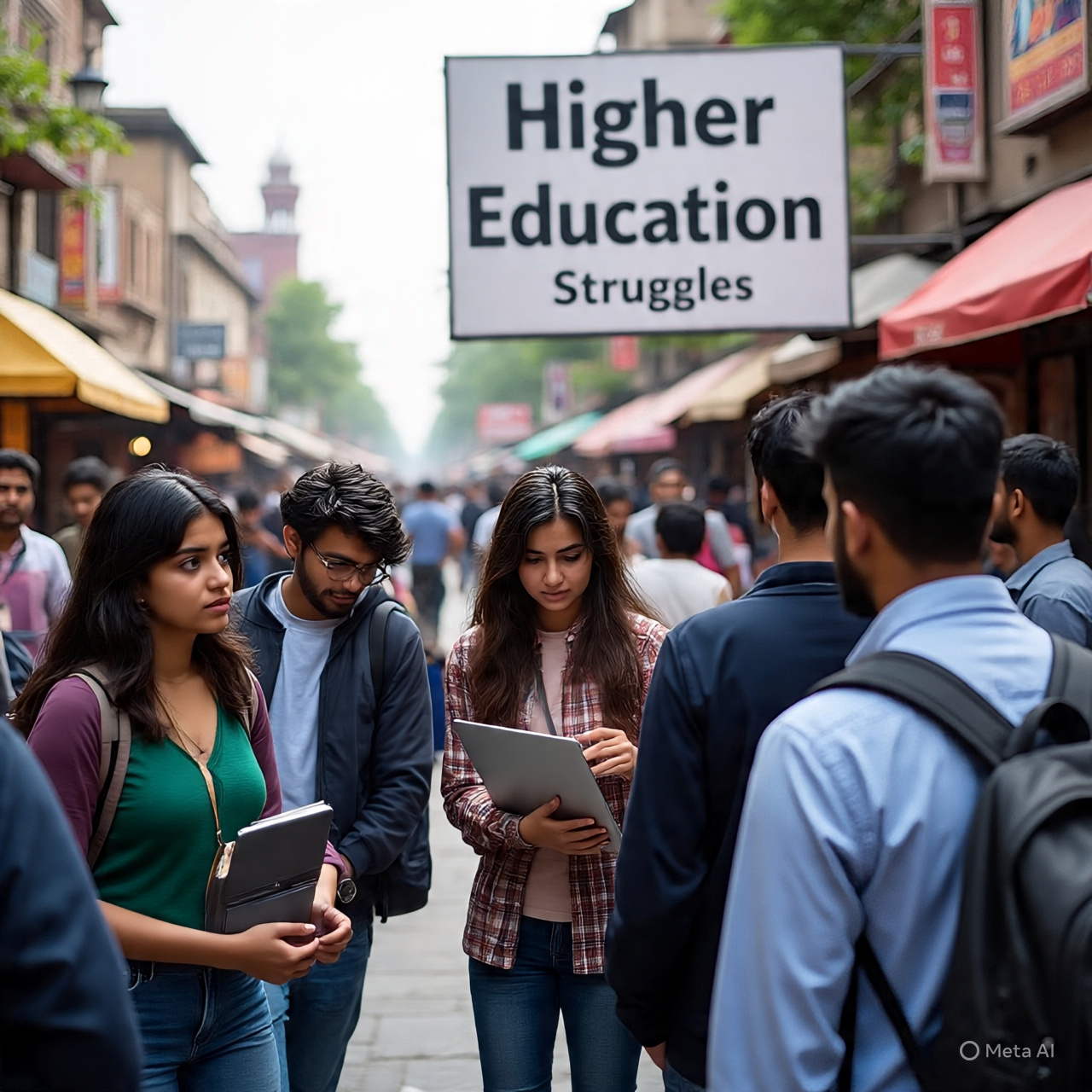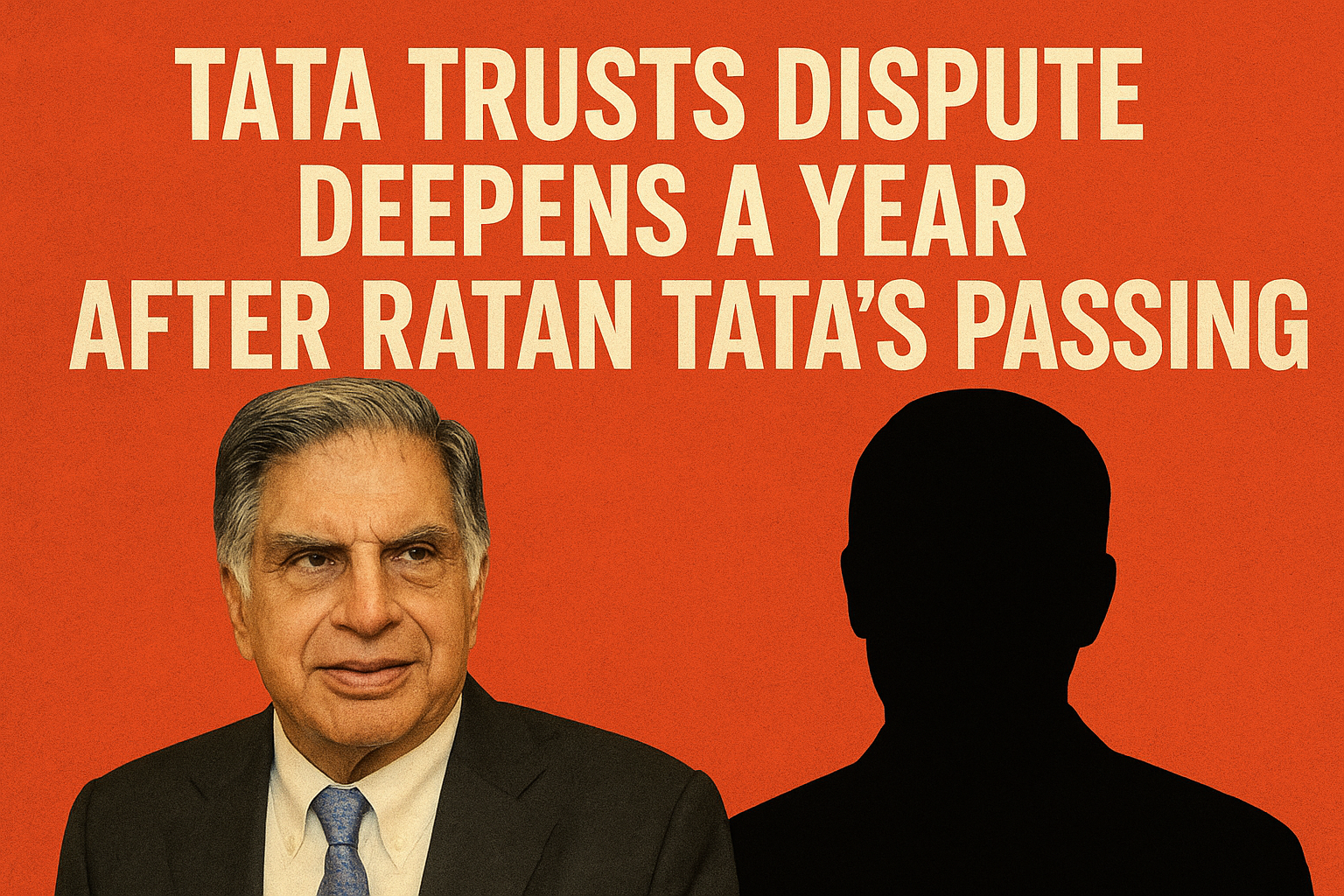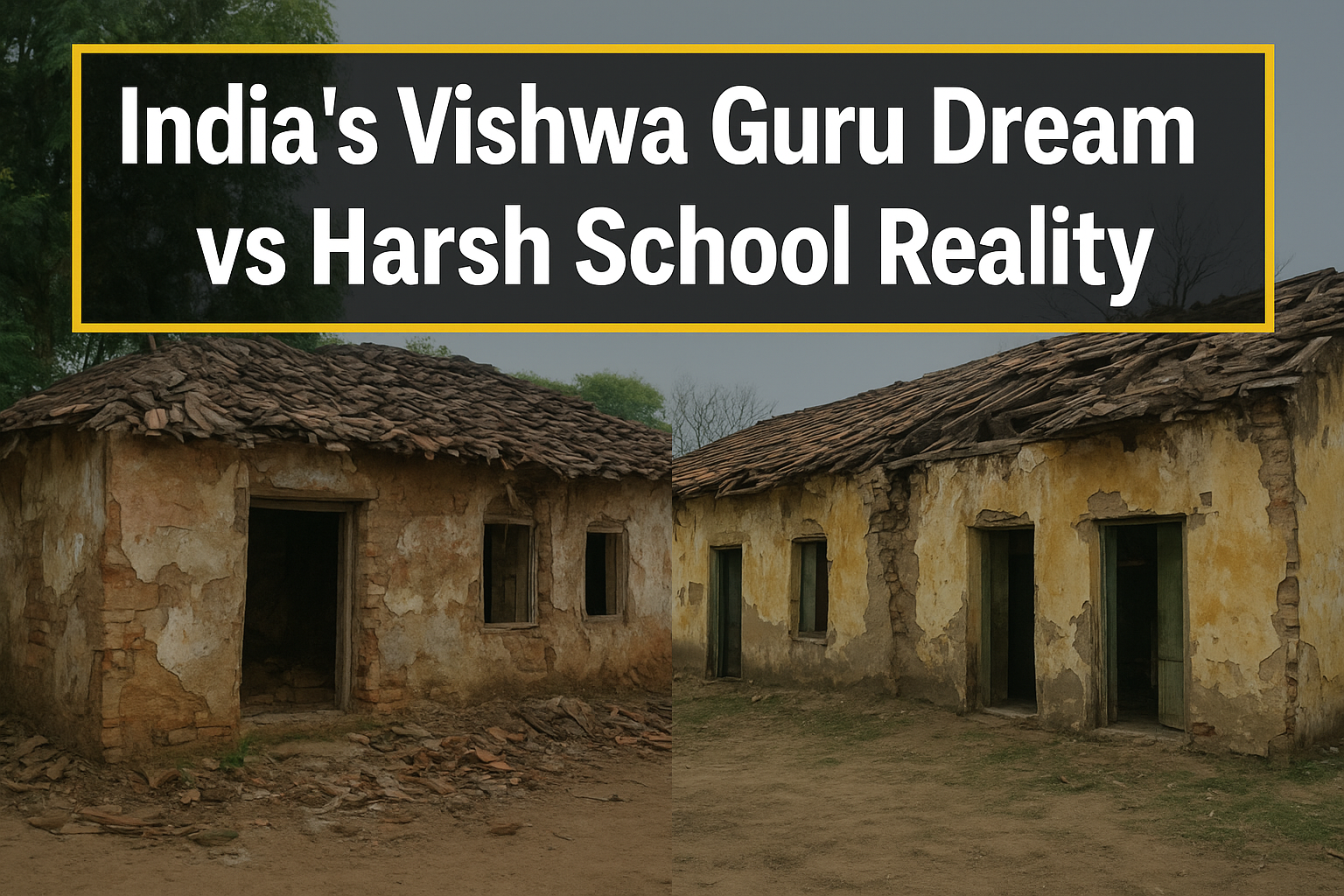
India is often described as a rising global power. Leaders speak proudly about the vision of making the country a Vishwa Guru, or teacher to the world. The term signals India’s ambition to provide moral and intellectual leadership in the twenty-first century. Yet, when we look closely at the condition of our schools, this dream seems far away. Two recent developments reveal the contradictions within India’s education system. One is the Rajasthan High Court’s order to shut more than 5,600 government school buildings that have become unsafe. The other is the ongoing debate in Uttar Pradesh about merging schools to manage declining enrollment. Together, they paint a worrying picture.
Rajasthan’s Unsafe Schools
On August 23, 2025, the Rajasthan High Court ordered the state government to close down over 5,600 government schools identified as being in “dilapidated condition.” This decision came after a tragic incident in Jhalawar where a school building collapsed, killing seven students. According to the state’s own survey, nearly 87,000 classrooms are completely unsafe, with crumbling roofs and broken walls. The same report also mentioned over 17,000 toilets in “complete dilapidated condition.”
The tragedy is not just about crumbling walls. It is about crumbling trust. For parents in rural areas, a government school is often the only chance for their child to learn, dream, and escape poverty. When such schools become death traps, the faith of citizens in the system is shaken. How can a nation that speaks of digital revolutions and artificial intelligence fail to provide safe classrooms?
The irony is sharper when we remember that the state allocates nearly six percent of its budget to school infrastructure. Still, maintenance and repairs are ignored until disaster strikes. The Rajasthan incident is not the first of its kind. Similar collapses in Jaisalmer, Udaipur, and Kota have claimed young lives. Every such accident should remind us that education is not just about books and exams. It begins with a safe environment where students can sit without fear.
The Uttar Pradesh School Merger Debate
While Rajasthan battles with collapsing classrooms, Uttar Pradesh is moving in another direction. The state government has been merging small government schools, arguing that it improves efficiency and resource use. Many schools with very few students are being closed down and their students transferred to bigger schools in nearby villages. On paper, this looks like a rational step. Why should the government spend on maintaining a school with only ten or fifteen students?
But the reality on the ground is different. For a child in a remote village, the closure of the nearest school often means walking several kilometers every day. This discourages attendance, especially for girls. Parents may feel unsafe sending daughters to faraway schools. Dropping out becomes easier than continuing.
While consolidation may save money, it risks pushing education further away from the most vulnerable. The debate here is not only about numbers but about access and inclusivity. If the poorest children cannot reach schools, then education ceases to be a right. It becomes a privilege.
The Larger Picture
Both Rajasthan and Uttar Pradesh highlight the same crisis. India’s education system is struggling not only with quality but also with basics like safety and accessibility. Our classrooms are unsafe, our schools are shrinking, and our children are paying the price.
This is happening in a country that aspires to become Vishwa Guru. The title carries a spiritual and intellectual meaning. It recalls India’s ancient centers of learning like Nalanda and Takshashila, where students from across the world once came to study. But a nation cannot become a teacher to the world if its own children do not have safe desks to sit on or functioning toilets to use.
When the Prime Minister speaks of India’s leadership in knowledge and technology, he is not wrong to dream big. But those dreams will remain hollow unless the foundations are repaired. The foundation of a nation is not skyscrapers or satellites. It is its schools.
Schools Matter Most
In today’s world, education is not only about literacy. It is about preparing children for participation in a global society. The twenty-first century demands creativity, critical thinking, and digital skills. But how can we expect a child to focus on coding or robotics when the roof above their head can collapse any moment? How can they think of competing with the world when reaching school itself becomes a daily struggle?
Safe and inclusive schools are not luxuries. They are the minimum requirement for justice and equality. When poor children lose access to education, the gap between rich and poor widens further. Social mobility becomes impossible, and democracy itself is weakened.
Balancing Vision with Ground Reality
Supporters of school mergers argue that better infrastructure can be provided if resources are pooled. Supporters of modernizing education argue that India must look ahead to new-age skills. Both views are correct in part. But the ground reality shows that before we talk of smart classrooms, we must ensure strong classrooms.
A policy that shuts unsafe schools without building alternatives leaves children stranded. A policy that merges schools without providing transport or safety measures ends up excluding the very students it hopes to serve. Balance is needed. Rajasthan must repair or rebuild its crumbling schools urgently. Uttar Pradesh must ensure that mergers do not compromise access.
What Needs to Change
First, education budgets must be used efficiently. Every rupee allocated to school infrastructure must be monitored. Corruption and delays in construction projects destroy not only money but also lives.
Second, governments must treat education as a long-term investment, not a short-term expense. The collapse of one school is not just a local tragedy. It is a national loss of talent, potential, and hope.
Third, community participation is essential. Parents, teachers, and local leaders must be involved in monitoring school conditions. When communities take ownership, negligence becomes harder to hide.
Finally, political leaders must match their words with action. Speaking of Vishwa Guru sounds inspiring, but it must be backed by classrooms where children are safe, learning is joyful, and opportunities are equal.
Final Take
The dream of India as a Vishwa Guru is not impossible. Our civilization has always valued knowledge. But today, we are in danger of forgetting the basics. A collapsed roof in Rajasthan or a merged school in Uttar Pradesh is not just an administrative detail. It is a question about what kind of future we are building.
If India truly wants to guide the world, it must first guide its children into classrooms that are safe, inclusive, and inspiring. We cannot expect the world to look up to us if our own children are forced to look down in fear of broken ceilings or long walks to distant schools.
A true Vishwa Guru begins with strong foundations. For India, that foundation lies in every government school, in every small village, where the next scientist, poet, or leader is waiting to be nurtured. The sooner we realize this, the closer we move from dreams to reality.




.jpeg)
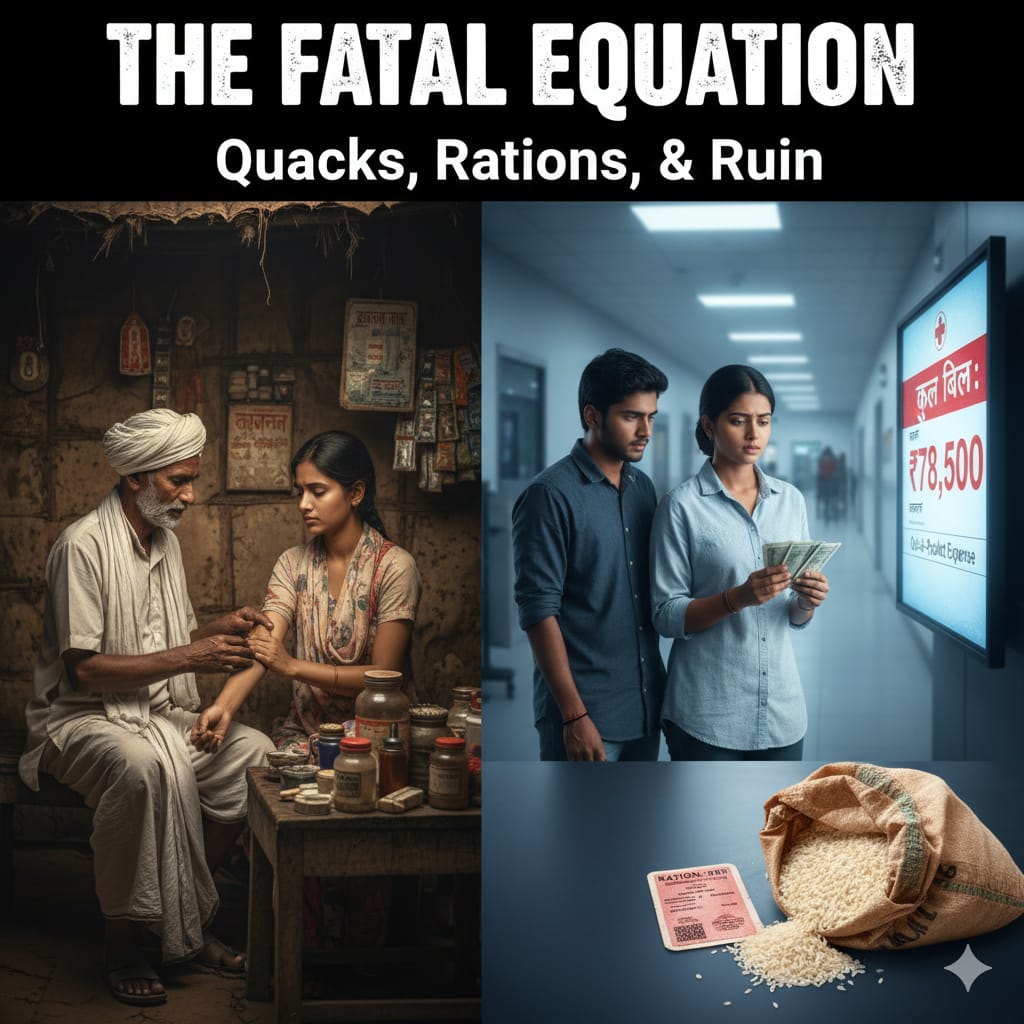
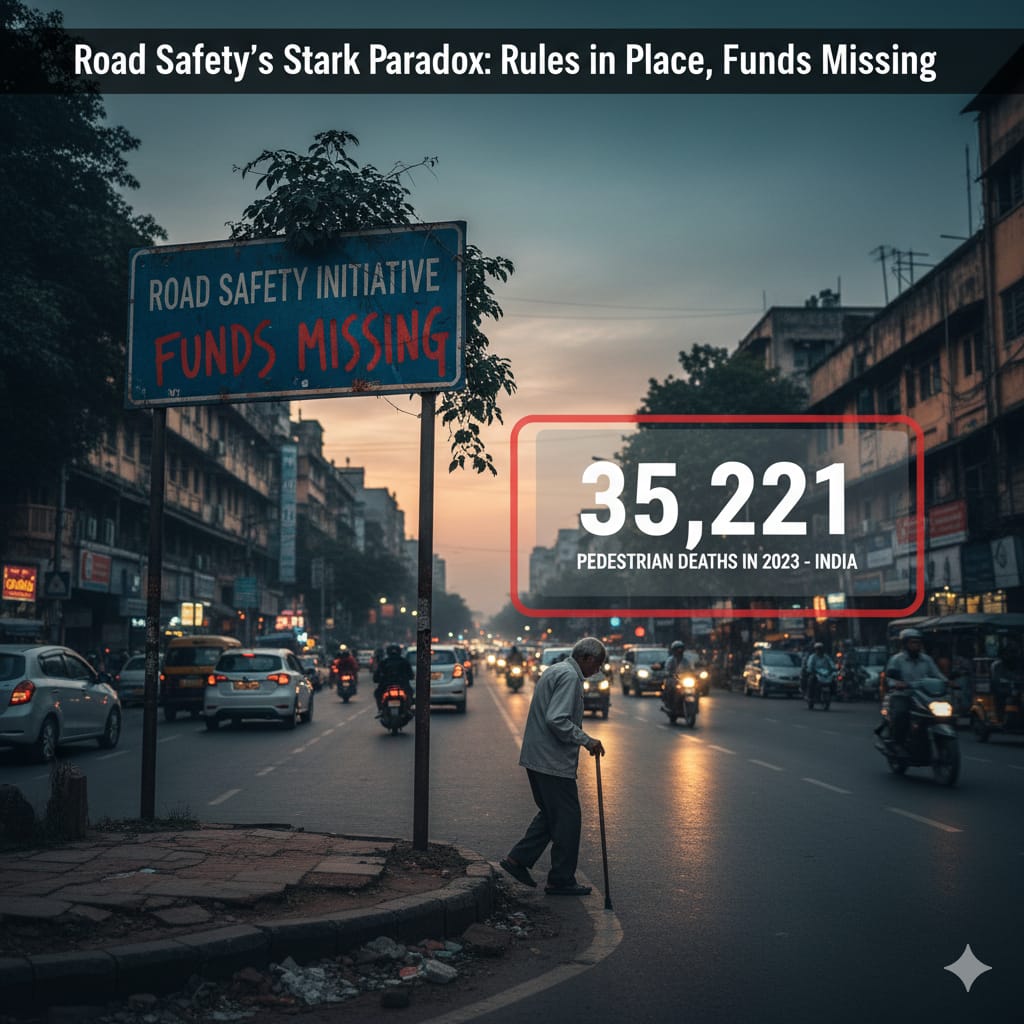
.jpeg)
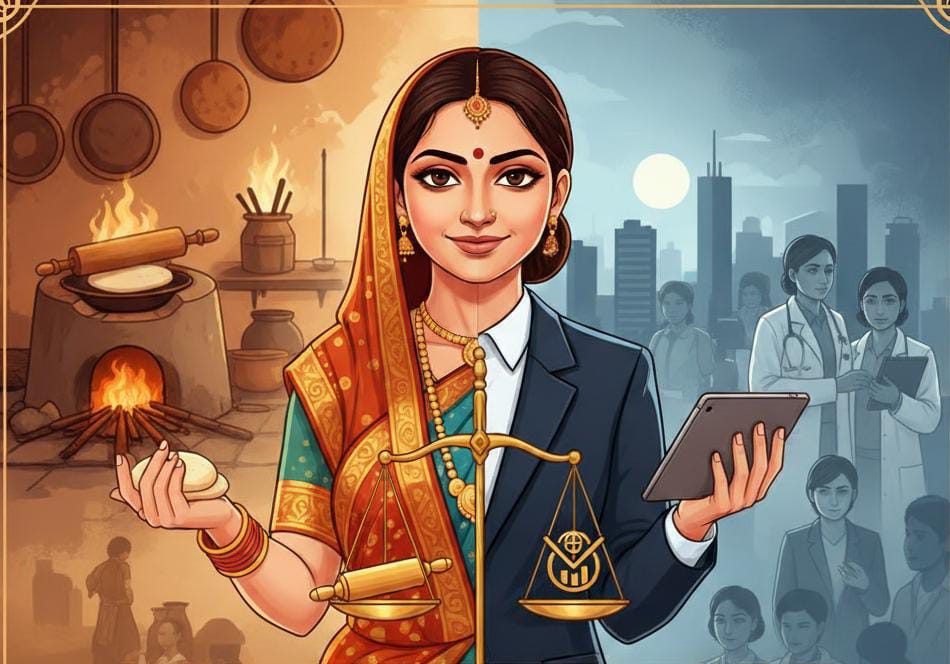
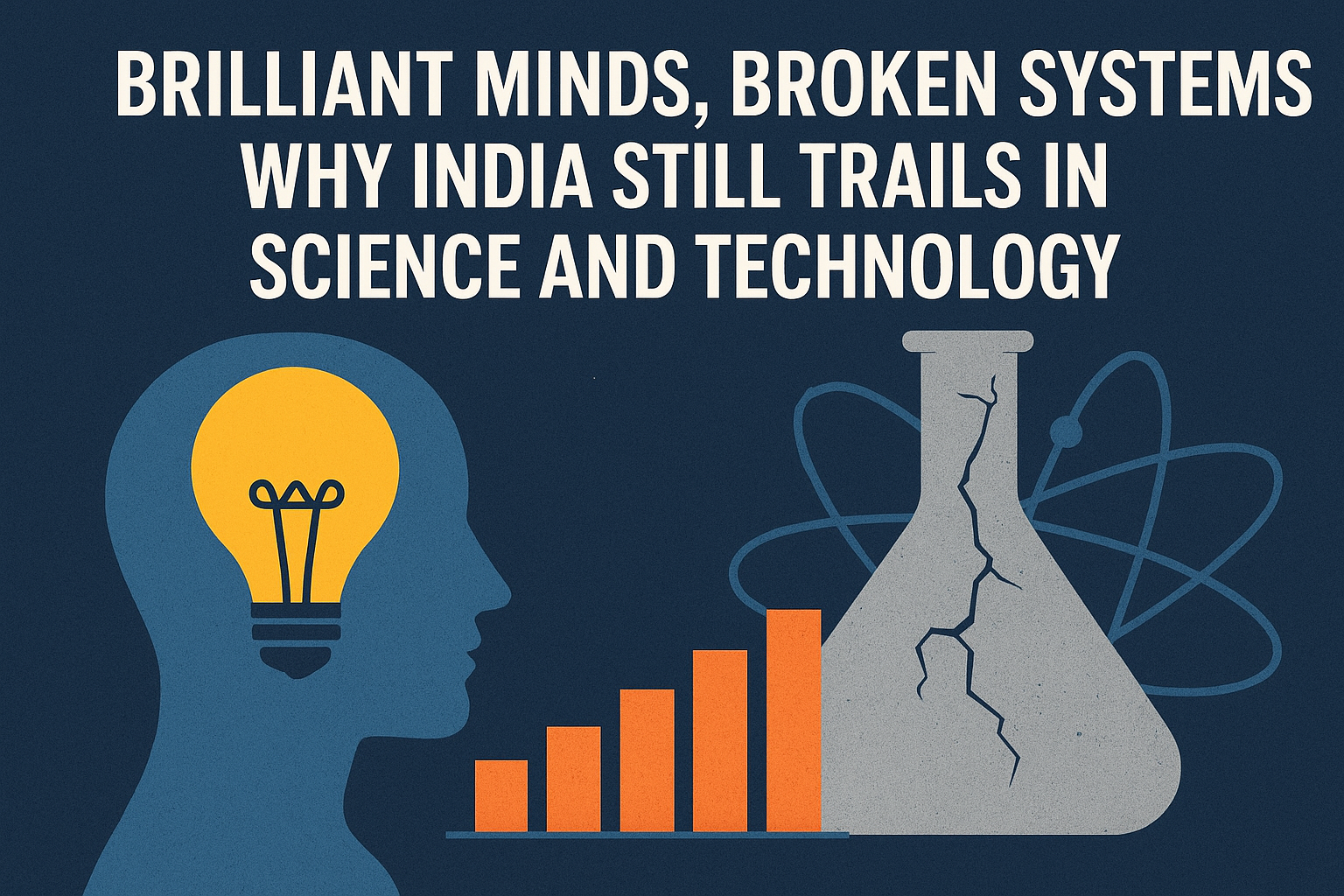


.jpeg)



